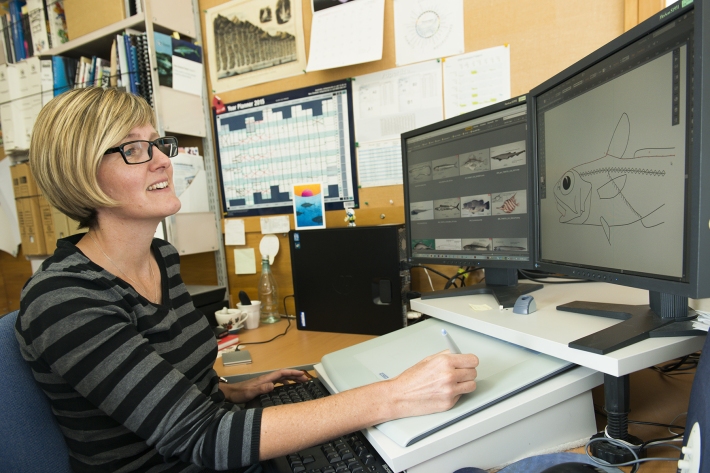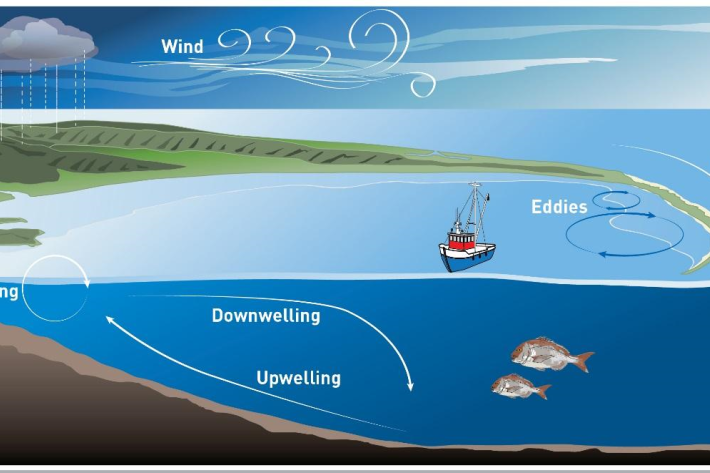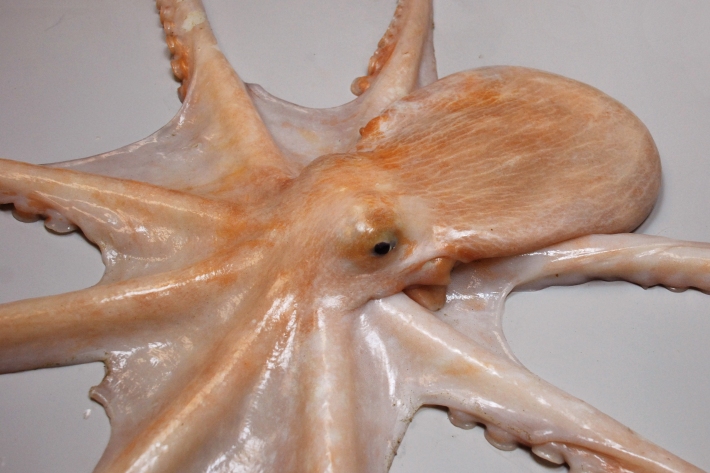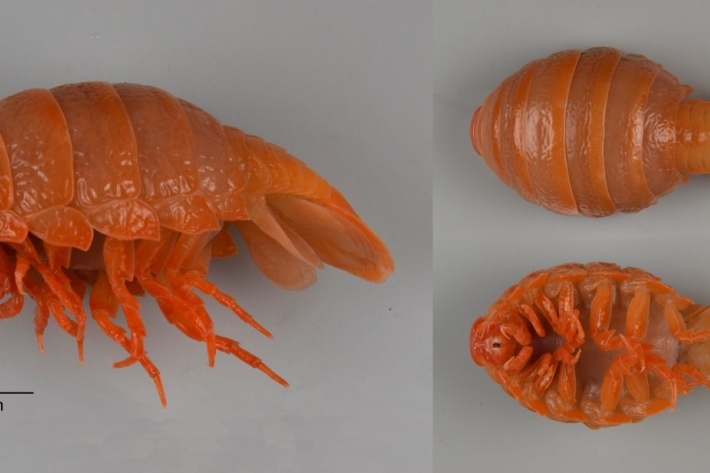-

Summer Series Week 6 - Scientific illustration - It’s all in the detail
Drawing fish is a lot harder than you might think, explains NIWA’s scientific illustrator. -

Tropical cyclone update #2
News article15 February 2016Niwa meteorologists continue to cast a watchful eye over two strengthening tropical cyclones in the South Pacific. -

NIWA's Hotspot Watch
Hotspot12 February 2016A weekly update describing soil moisture across the country to help assess whether severely to extremely dry conditions are occurring or imminent. -

Tropical cyclone update #1
News article11 February 2016NIWA meteorologists are monitoring the potential for ex-tropical cyclones to affect New Zealand early next week. -

Ecosystem modelling
Research ProjectAt NIWA, we’ve developed an Atlantis model for the Tasman and Golden Bays region. We’re also developing one for the Chatham Rise. -

Critter of the Week: Enteroctopus zealandicus – the elusive yellow octopus
The yellow octopus is large and clearly abundant, with about one million being eaten a year by sea lions in the Auckland Islands alone -

The search for yellow octopus
News article09 February 2016One of the ocean’s most elusive critters is about to meet its match as NIWA scientists voyage south hoping to film them in action – and bring a few samples home. -

Improving seasonal climate forecasts
Feature story08 February 2016NIWA’s climate scientists are working to improve seasonal climate forecasts. -

NIWA's Hotspot Watch
Hotspot05 February 2016A weekly update describing soil moisture across the country to help assess whether severely to extremely dry conditions are occurring or imminent. -

Meeting the challenge of ocean acidification
Feature story01 February 2016New Zealand’s answer to ocean acidification is a model of the ‘best team’ approach – when organisations pool talent and resources to find solutions to national, or global, issues.] -

NIWA's Hotspot Watch
Hotspot29 January 2016A weekly update describing soil moisture across the country to help assess whether severely to extremely dry conditions are occurring or imminent. -

Critter of the Week: A rare find - Anuropus sp.
This rare isopod genus Anuropus, Beddard, 1886 was collected in a mesopelagic trawl from the Chatham Rise.
